1. Graber TM, Vanarsdall RL. Orthodontics: current principles & techniques. 3rd ed. St. Louis (MO): Mosby;2000.
2. Proffit WR, Fields HW. Contemporary orthodontics. 3rd ed. St. Louis (MO): Mosby;2000.
4. Wehle HD. Machine learning, deep learning and AI: what’s the difference. In : Proceedings of the Annual Data Scientist Innovation Day Conference; 2017 Mar 28; Brussels, Belgium.
7. Wolford L, Stevao E, Alexander CA, Goncalves JR. Orthodontics for orthognathic surgery. Miloro M, editor. Peterson’s principles of oral and maxillofacial surgery. 2nd ed. Ontario, Canada: BC Decker Inc;2004. p. 1111–34.
9. Wen H, Huang C, Guo S. The application of convolutional neural networks (CNNs) to recognize defects in 3D-printed parts. Materials (Basel). 2021; 14(10):2575.
https://doi.org/10.3390/ma14102575
.
11. Toshev A, Szegedy C. DeepPose: human pose estimation via deep neural networks. In : Proceeding of the IEEE Conference on Computer Vision and Pattern Recognition; 2014 Jun 23–28; Columbus, OH. 1–5.
https://doi.org/10.1109/CVPR.2014.214
.
12. Agarap AF. Deep learning using rectified linear units (ReLU) [Internet]. Ithaca (NY): arXiv.org;2018. [cited at 2022 Oct 10]. Available from:
https://arxiv.org/abs/1803.08375
.
13. Gulli A, Pal S. Deep learning with Keras. Birmingham, UK: Packt Publishing Ltd;2017.
15. Han J, Pei J, Kamber M. Data mining: concepts and techniques. Amsterdam, Netherlands: Elsevier;2011.
16. Chen YW, Stanley K, Att W. Artificial intelligence in dentistry: current applications and future perspectives. Quintessence Int. 2020; 51(3):248–57.
https://doi.org/10.3290/j.qi.a43952
.
17. Zhang WC, Fu C, Zhu M. Joint object contour points and semantics for instance segmentation [Internet]. Ithaca (NY): arXiv.org;2020. [cited at 2022 Oct 10]. Available from:
https://arxiv.org/abs/2008.00460
.
18. Uzair M, Jamil N. Effects of hidden layers on the efficiency of neural networks. In : Proceedings of 2020 IEEE 23rd International Multitopic Conference (INMIC); 2020 Nov 5–7; Bahawalpur, Pakistan. p. 1–6.
https://doi.org/10.1109/INMIC50486.2020.9318195
.
19. Ide H, Kurita T. Improvement of learning for CNN with ReLU activation by sparse regularization. In : Proceedings of 2017 International Joint Conference on Neural Networks (IJCNN); 2017 May 14–19; Anchorage, AK. p. 2684–2691.
https://doi.org/10.1109/IJCNN.2017.7966185
.
20. Lee KS, Ryu JJ, Jang HS, Lee DY, Jung SK. Deep convolutional neural networks based analysis of cephalometric radiographs for differential diagnosis of orthognathic surgery indications. Appl Sci. 2020; 10(6):2124.
https://doi.org/10.3390/app10062124
.
21. Choi HI, Jung SK, Baek SH, Lim WH, Ahn SJ, Yang IH, et al. Artificial intelligent model with neural network machine learning for the diagnosis of orthognathic surgery. J Craniofac Surg. 2019; 30(7):1986–9.
https://doi.org/10.1097/SCS.0000000000005650
.
23. Schabel BJ, McNamara JA Jr, Franchi L, Baccetti T. Qsort assessment vs visual analog scale in the evaluation of smile esthetics. Am J Orthod Dentofacial Orthop. 2009; 135(4 Suppl):S61–71.
https://doi.org/10.1016/j.ajodo.2007.08.019
.
24. Ludlow JB, Gubler M, Cevidanes L, Mol A. Precision of cephalometric landmark identification: cone-beam computed tomography vs conventional cephalometric views. Am J Orthod Dentofacial Orthop. 2009; 136(3):312.e1–10.
https://doi.org/10.1016/j.ajodo.2008.12.018
.
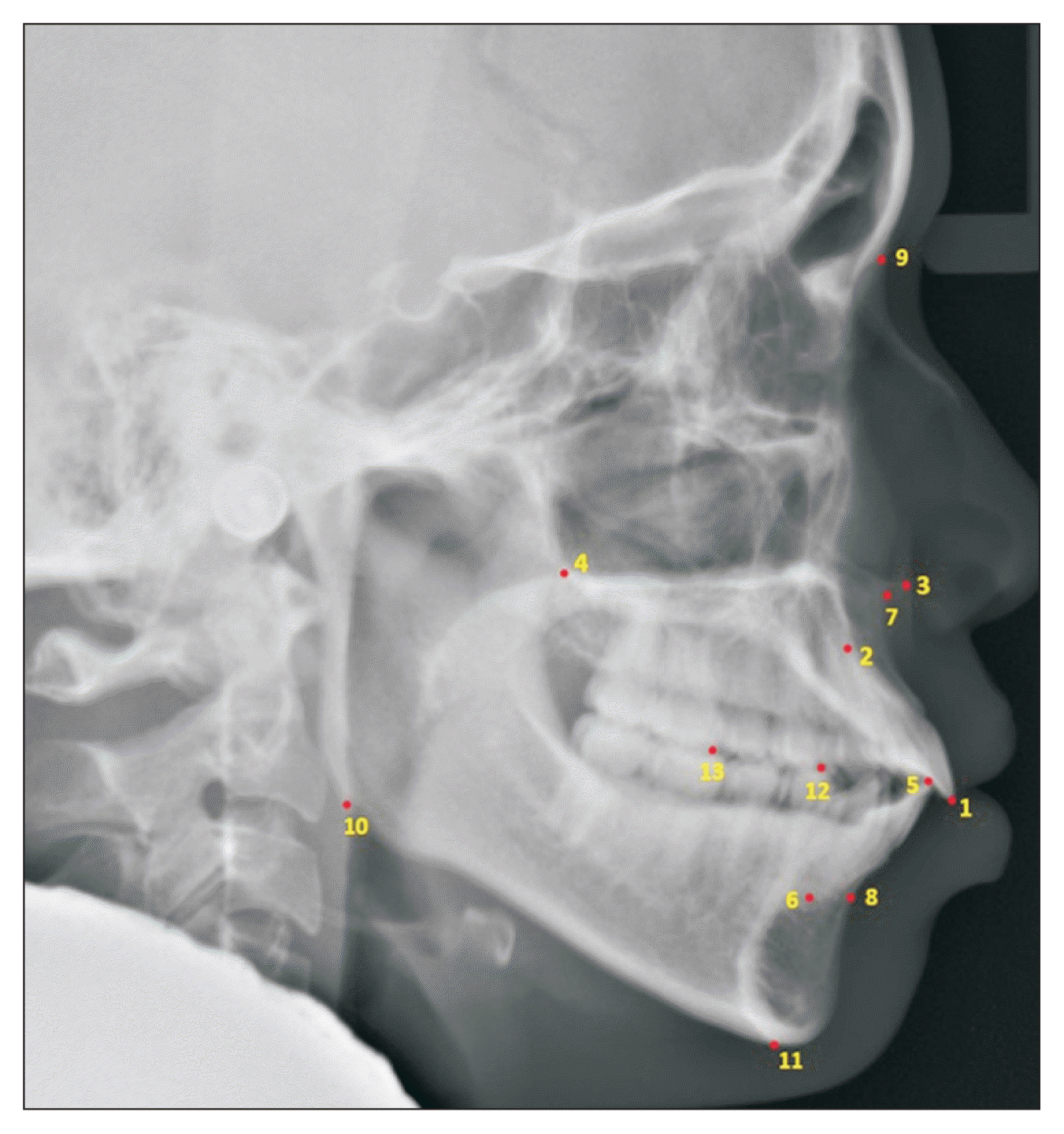
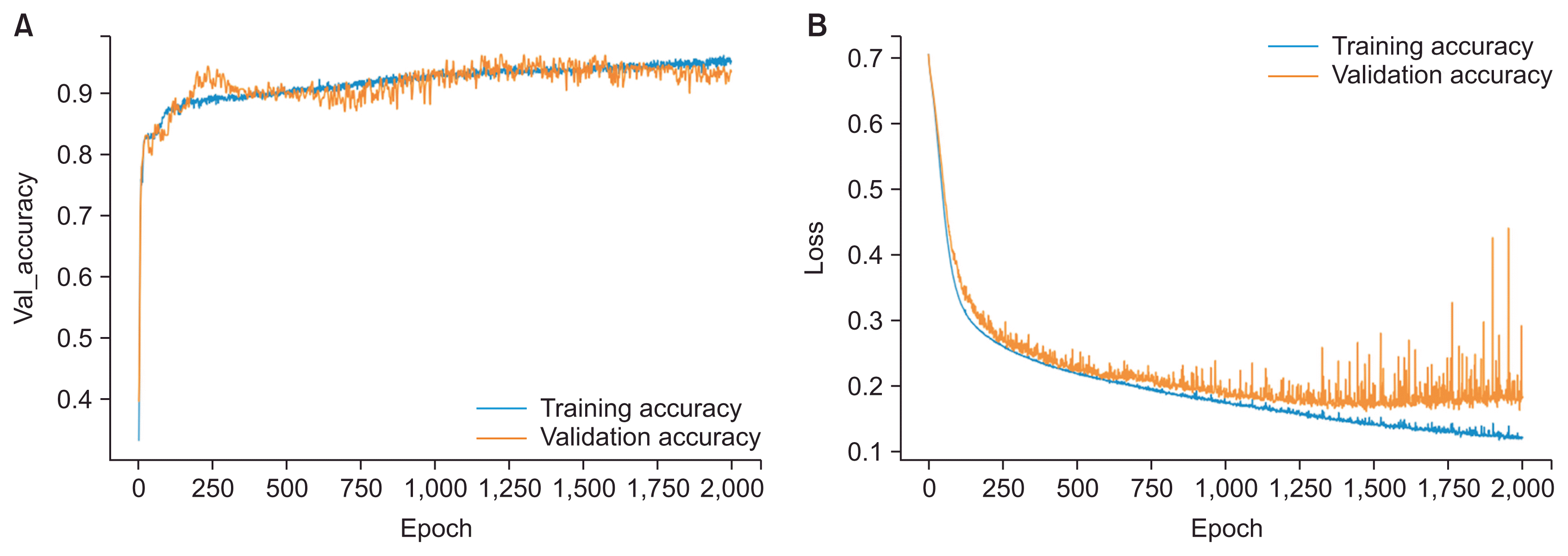




 PDF
PDF Citation
Citation Print
Print



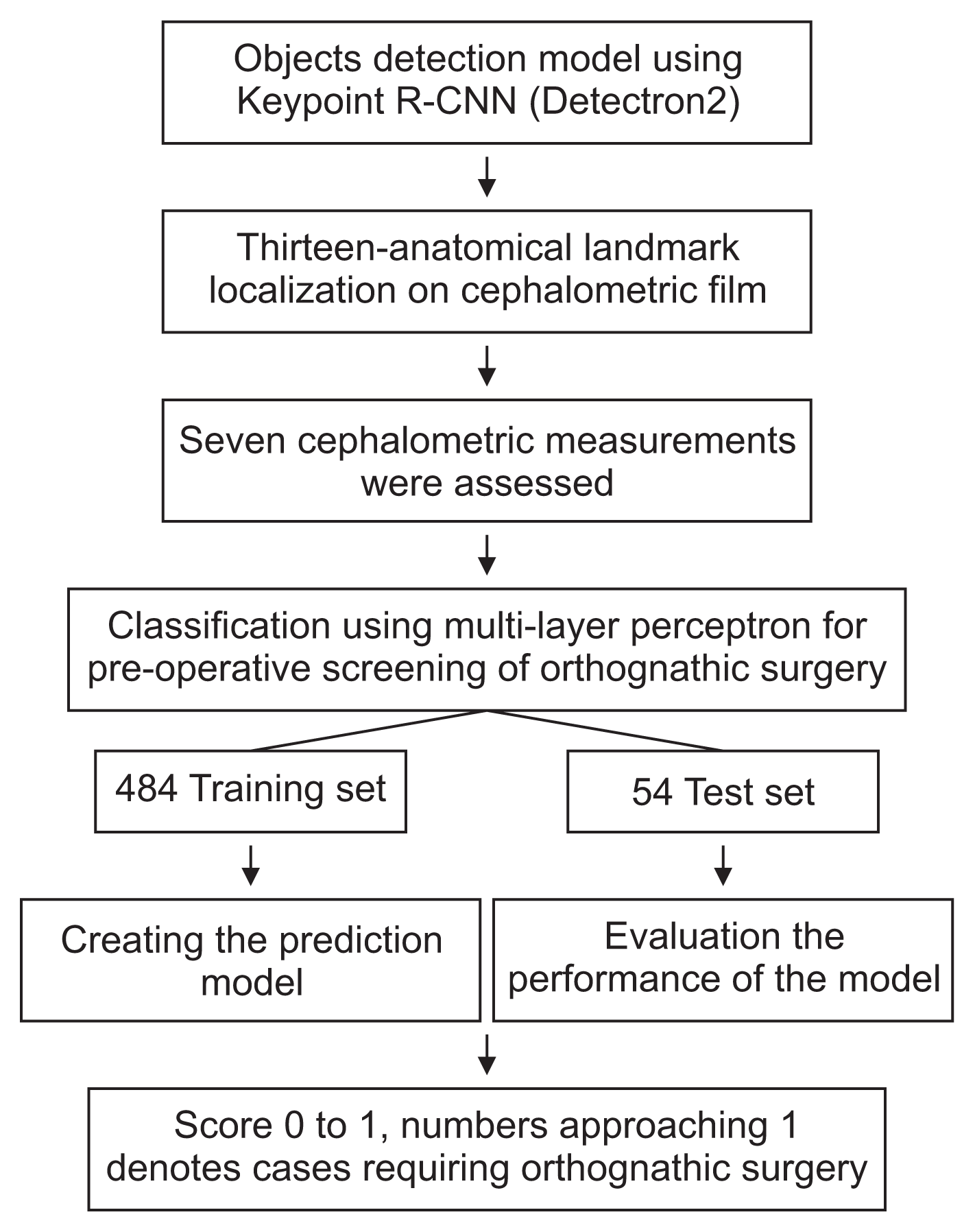
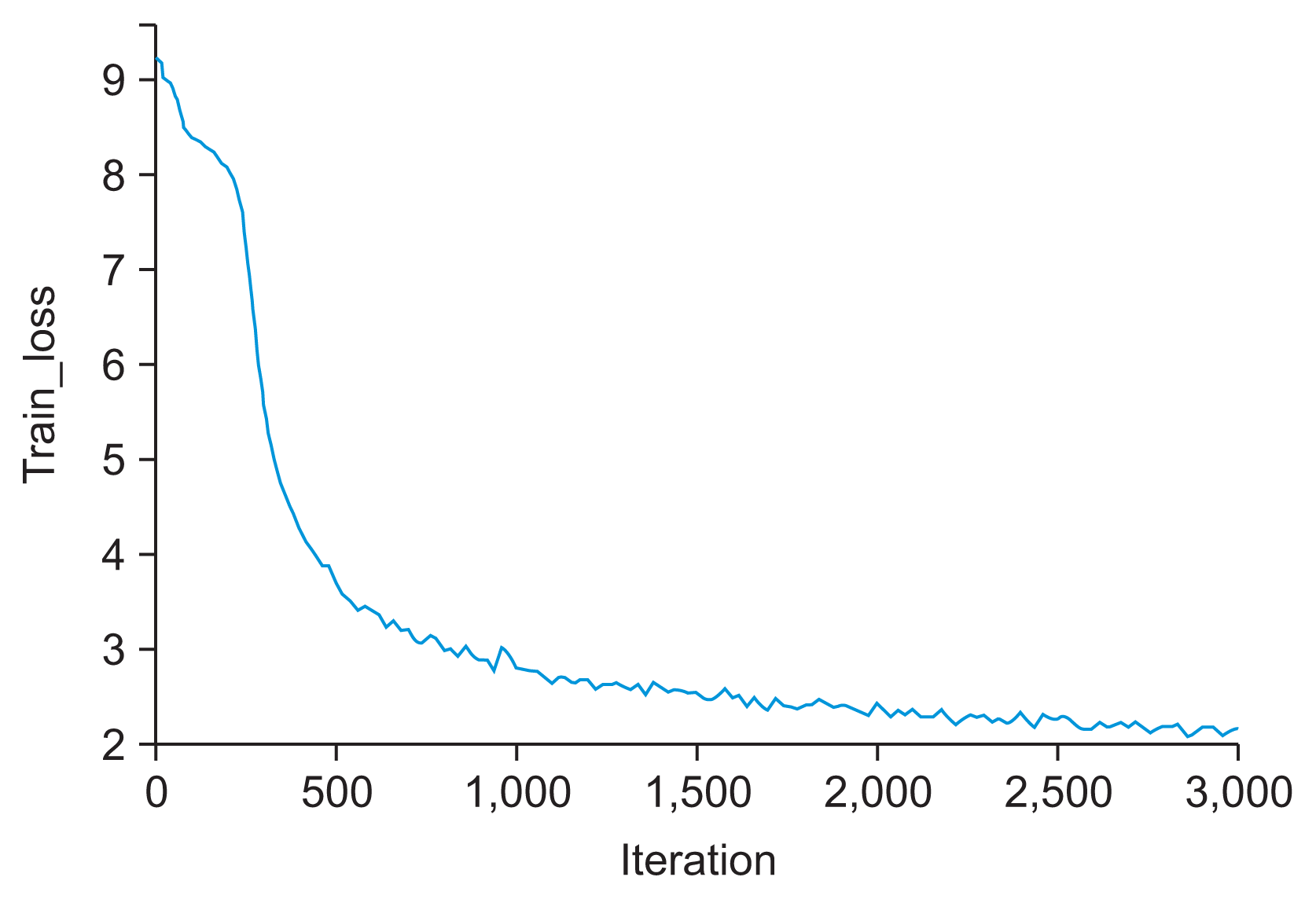
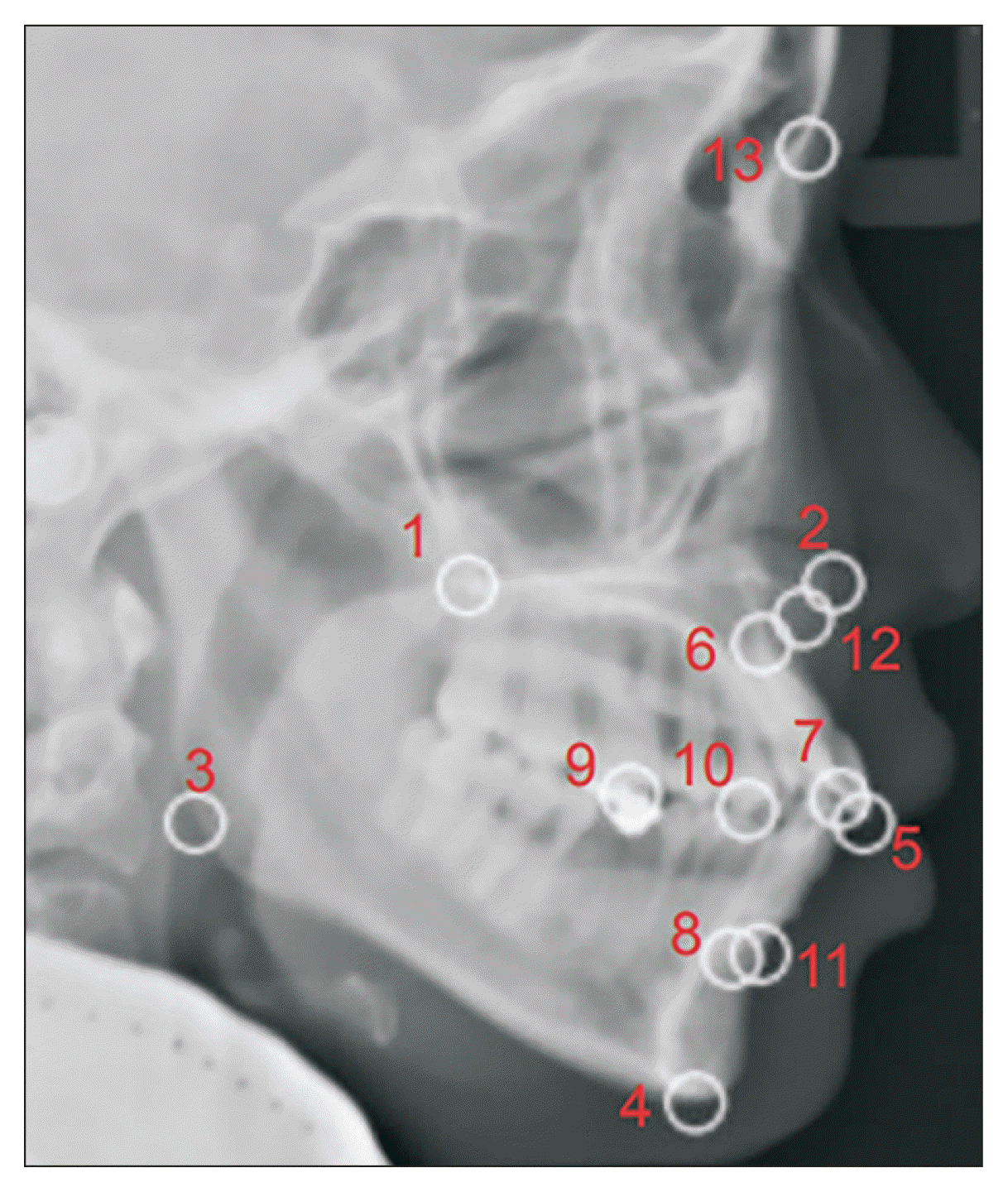
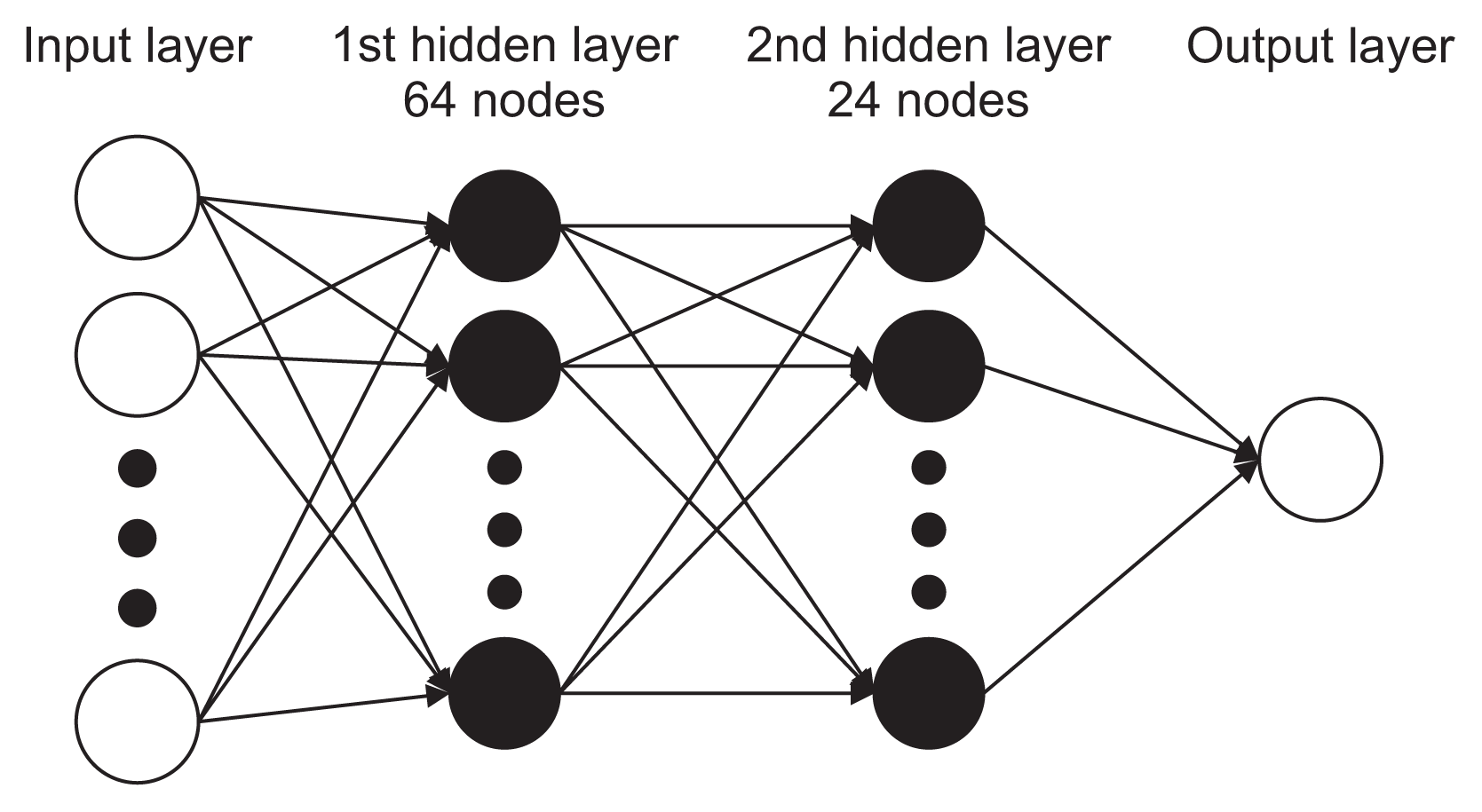
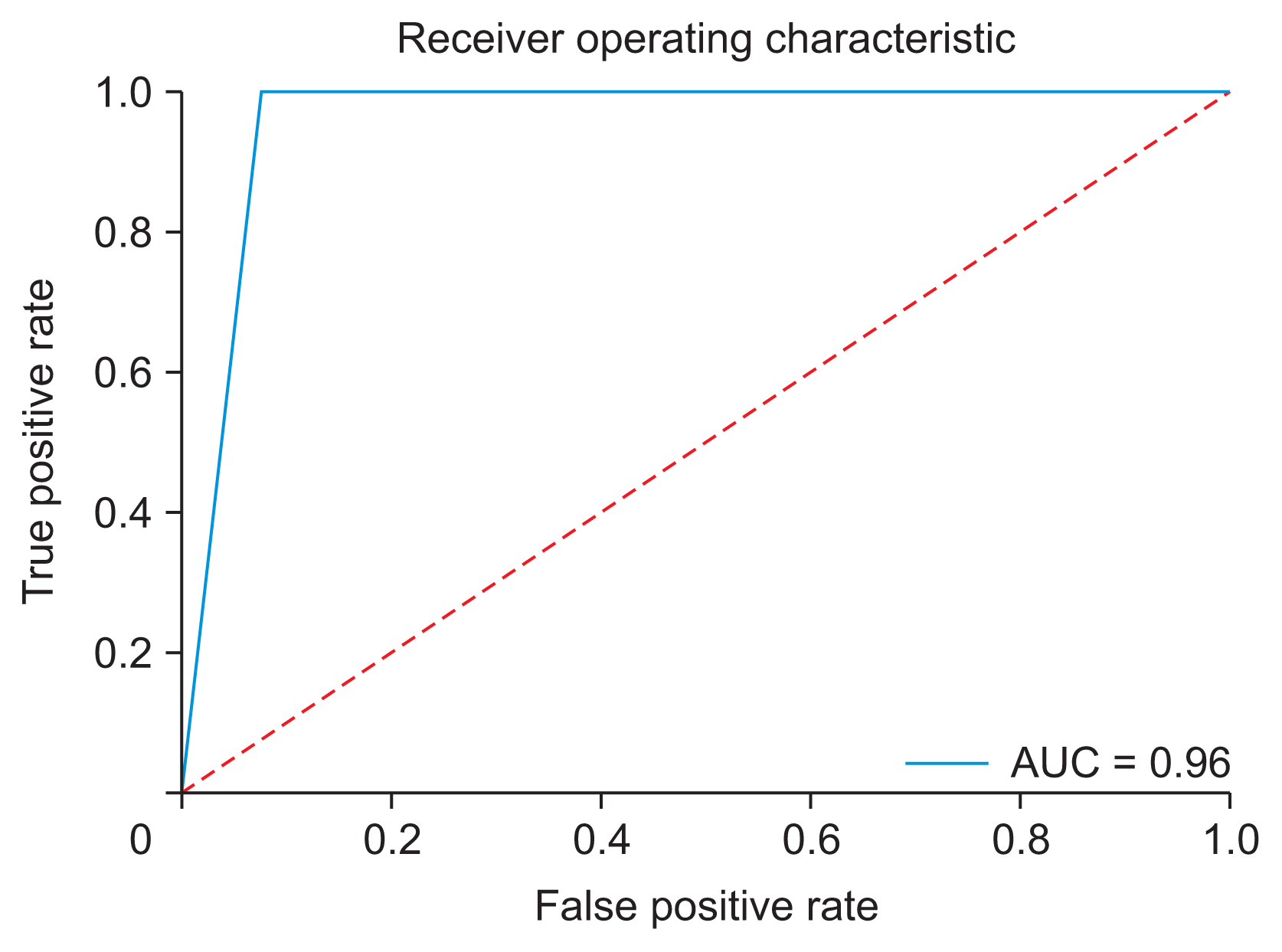
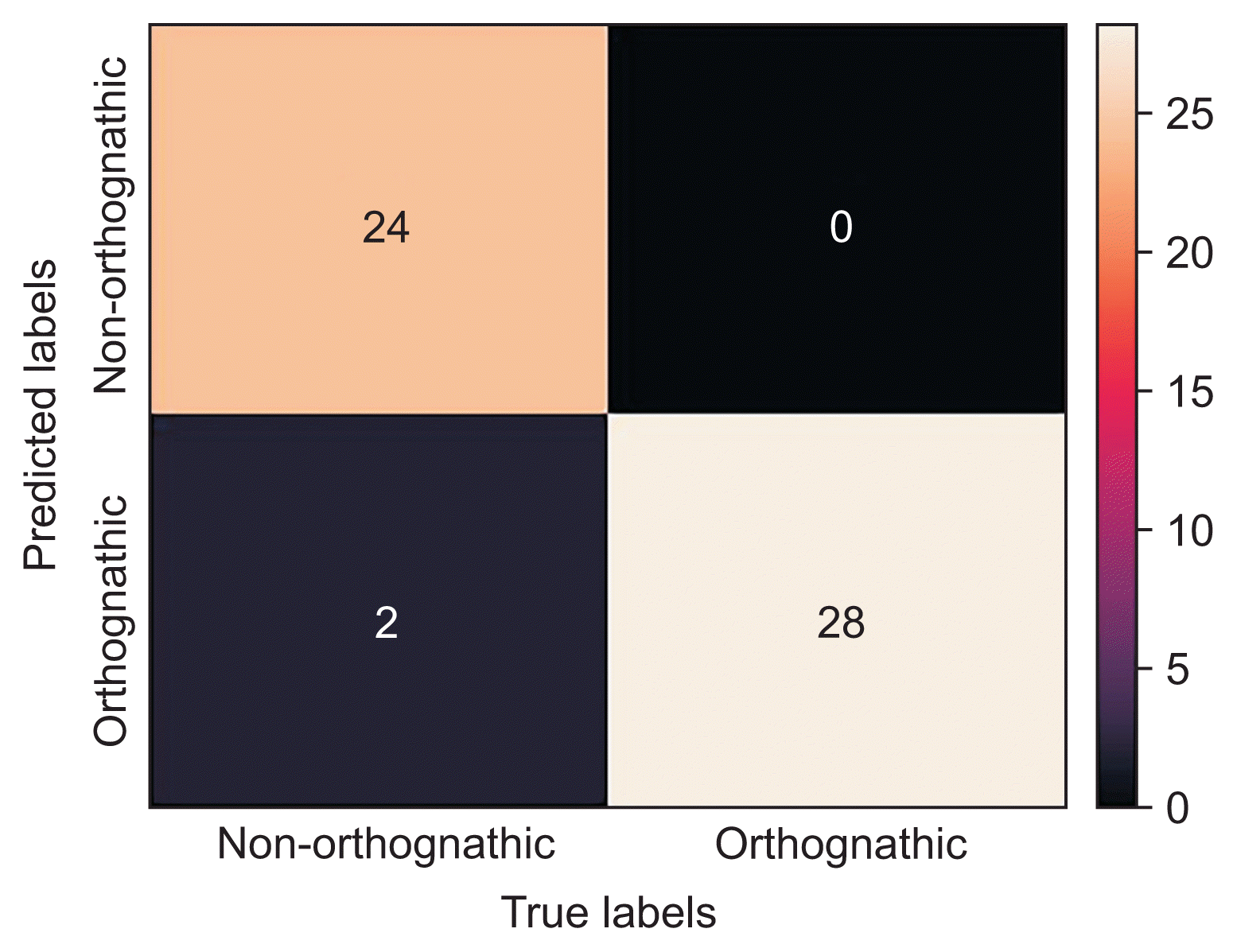
 XML Download
XML Download